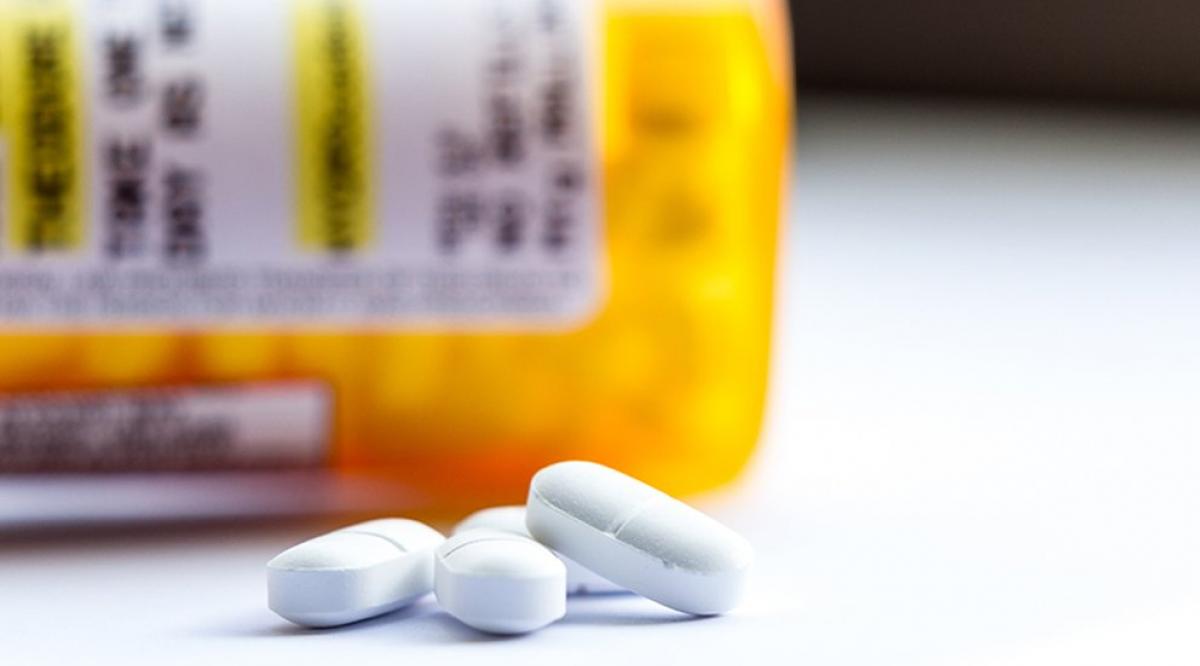Opioid overdose deaths in the United States have increased dramatically over the past decade. In addition, more than 63,000 people died from drug overdoses in 2016, and a majority of those deaths (63%) involved opioids, according to the Centers for Disease Control and Prevention.
Academic medicine is engaged in the battle against the opioid epidemic in many ways. One key focus is educating tomorrow's doctors about pain management and substance use disorders (SUDs). The AAMC recently conducted a survey on how and what medical students are being taught in this area. Below are some of the main findings that capture the state of curricula as well as ways to continue to enhance medical education to respond to this crisis.
- Schools are acting. Of the more than 100 surveyed institutions, 87% cover the four main subject areas in pain and SUDs, including prevention and treatment, and 100% taught at least two of the four.
- The education is ongoing. The vast majority of respondents report teaching pain and SUD competencies in the required curriculum throughout all four years of medical school.
- Schools are teaching teachers. About 90% of respondents said they provide at least one lesson about pain education for medical instructors.
- Challenges are becoming clearer. Almost all respondents (97%) shared challenges they faced in teaching about or assessing students' knowledge of prescription drug misuse. One opportunity that emerged was enhancing faculty capacity to teach and model evidence-based practices.
- Promising practices exist. These include optimizing experiential methods such as case-based teaching and simulation. Respondents also mentioned the benefits of collaborating with community partners and other health professions.
For more information, read Addressing the Opioid Epidemic: U.S. Medical School Curricular Approaches.

